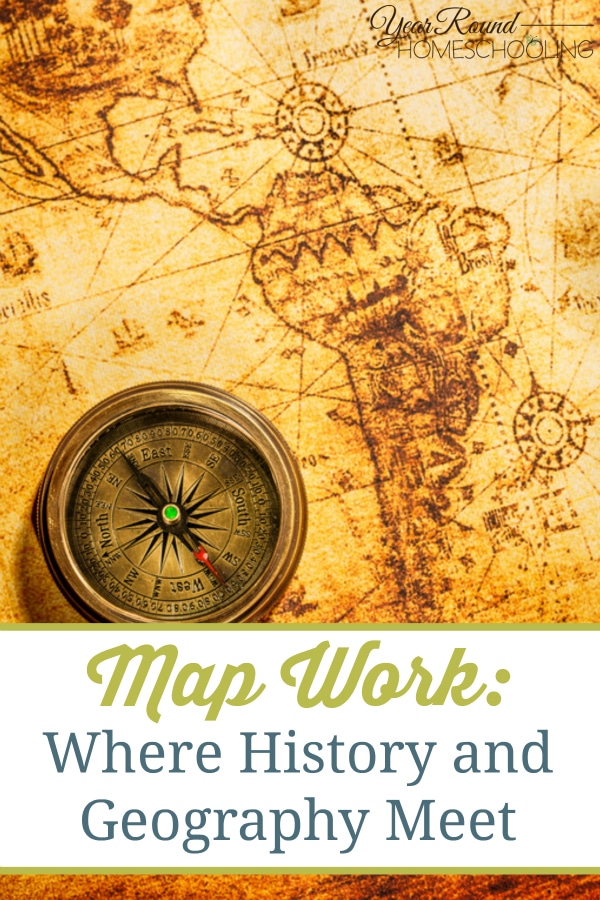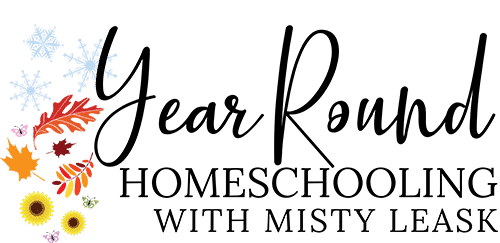I have been teaching history for the past 5 years. I am amazed at the amount of Geography that my son has accumulated since then. It does help a great deal that he is a lover of maps. History and geography are very closely related. History happens in space and time. Specific locations are essential and often catalysts to the course of history or turn of events. . Hence the study of maps and geography should be an integral part of the learning history endeavor.

Reasons you should be doing map work :
- Map work helps the kids to see where events take/took place.
- Map work gives the kids a geographical and spatial picture of the world around them.
- Map work teaches them to find and place countries, cities and important landmarks on a map, and it also shows them their place in relation to other landmarks.
- Map work helps them see the relationship between the actual events and the influence of the surrounding geography on them.
- Map work is a great way to include hands-on activities.
- Through map work kids can learn various geography terms as they study the land forms of the different places they encounter since these often play a role in the reasons why things develop the way they do.
If you do have to use an external geography curriculum (some kids might need it and it might be beneficial in studying some other aspects of geography), doing map work as part of your history studies will help your child cement the concepts he is already learning.
My son loved looking at atlases when we first started studying history. We had lots of fun working on salt maps and cookie maps. They were fun and allowed for lots of hands-on teaching time. Our favorite atlas to work with was The Kingfisher Atlas of World History.
Resources
My preference is for curriculum that includes map work as part of history. That said, if you put together your history studies yourself, my number one recommendation for map work is KnowledgeQuest Map. They have wonderful resources that fit many different curriculum and history studies. Others would be:
Yourchildlearns/megamaps
If you would like to try making your own maps from salt or cookie dough, there are recipes below to help you get started!
Recipe for salt dough map:
Mix 1 cup flour with 1/2 cup salt. Add 1/2 cup water and mix until you obtain a play dough like dough. You may need to add flour or water until right consistency.
Recipe for cookie dough:
• 2 c. smooth peanut butter
• 2 1/2 c. powdered milk
• 2 1/2 c. powdered sugar
• 2 c. white corn syrup
Mix all ingredients together and put small portions on waxed paper (previously traced with the shape of the country). Makes about 25 small maps.
Use these as symbols for landform:
• Blue icing – lakes and oceans
• Green sprinkles – plains
• Clear sprinkles – deserts
• Chocolate chips – mountains
• Red candy strips – rivers
• M&Ms – capital
Another project that works well for map work is transparency. The idea is to superpose transparencies over a base map adding features, landforms, places as you encounter them in your study of the particular country of event.
However you decide to incorporate map work into your history and geography studies will greatly benefit your children’s view of the world around them! You may not be able to visit every single place you learn about, but map work can make learning geography and history more fun! Another great way to travel the world is to use virtual field trips, when your children are actually able to see the places they are learning about they will be more inspired to learn!
How do you incorporate map work into your homeschool?
